You’re ready to “do this!”
You’ve signed up for a gym membership.
Bought a new gym bag.
But before you just grab any shirt and shorts from your closet, read on for some tips on best (and worst) choices before heading out for that sweat sesh.
It’s not about style, but more functionality. Think of it as “dressing for success”
What you wear during a workout will directly correlate back to your performance.
While this isn’t designed to encourage you to embark on a full-on athletic apparel shopping spree (I’m a huge fan of Old Navy, TJ Maxx and Marshalls for finding bargains!), I wanted to offer up some benefits to adding a few true fitness attire to your wardrobe.
Quality fabrics, good shoes, and a proper sports bra are key!
Ditch the Cotton.
100% cotton clothing may keep you cool in everyday life but, let me explain why cotton is not the best fabric for your workout attire.
While cotton is breathable, affordable and easy to maintain from a wash cycle standpoint, their downfalls actually outweigh the benefits as workout attire. First off, when you sweat, the clothing will feel heavy and wet thanks to cotton’s high absorbency. Consider a sweat-wicking synthetic fabrics as an alternative. If you simply can’t part from cotton, there is a moisture-wicking cotton option that has been woven to improve its moisture-wicking qualities.
Leave the old sneakers at home.
I have a whole other blog on “types of shoes for specific kinds of training”…. but for now, let’s cover the downfalls of training in old sneakers. Worn out sport shoes will not provide your feet with adequate protection during your workout. Without proper support, you open up the possibility for injuries.
This quick check will help you determine if it’s time for a new pair of kicks:
Place your sneakers atop a table and look at them at eye level. Also, flip them upside down and examine the soles. If a portion of the outside soles is smooth, uneven, and worn, invest in a new pair for workouts. And while it’ll be tempting to wear those new shoes out and about… reserve them strictly for exercise. Different activities create different wear patterns on the shoes. It’ll increase their shelf life and help avoid injury.
All bras are NOT created equal.
You might be heading to the gym straight from work or lunch with friends. It might seem like no biggie to keep on whatever bra you were wearing earlier in the day. However, if your wardrobe consists of regular bras or old sports, it’s time to invest in some quality sports bras.
Most regular bras are not designed to handle the impact and movement that exercise brings. Not only are you increasing your odds for long-term sagging, but many are not designed in moisture-wicking materials (hello, chafing). Finally, and one of the most important reasons for a good supportive bra, is to avoid back issues that you could become susceptible to encountering. There isn’t a one-size-fits-all sports bra either. Thank goodness for that because each of us are built differently. From bust size to preferred activities, choose the one that best fits your lifestyle and body!
Committing to your health expands beyond just the effort you put into nutrition and fitness. It’s those supporting elements, such as workout attire, that deserve some thought as well. Not only will appropriate clothing and shoes allow for safer, more efficient workouts… but there’s an unexplainable boost in confidence that happens when you have clothing that fits well and supports your goals. You’ll find yourself excited to dress and head to the gym.

